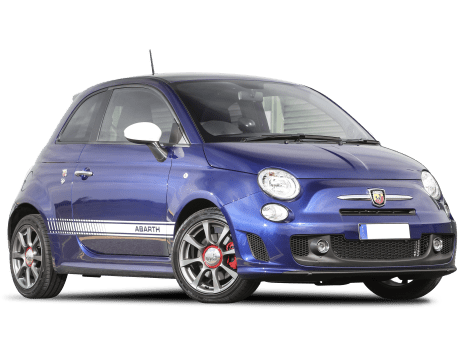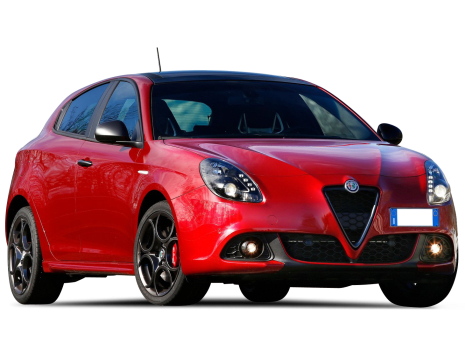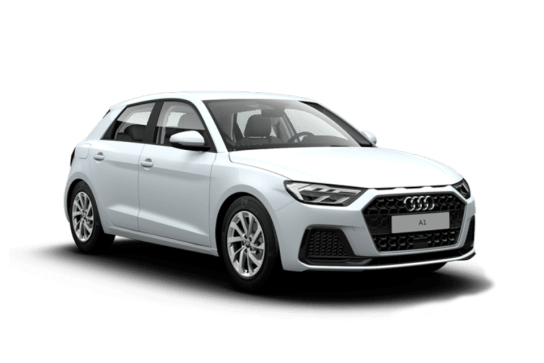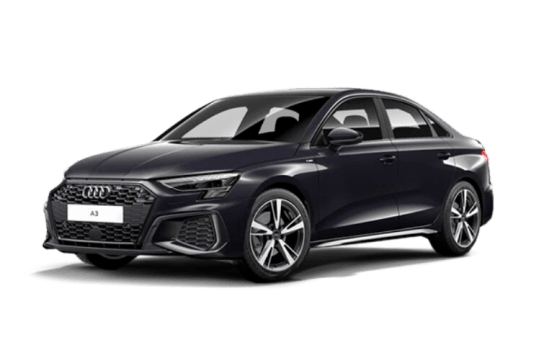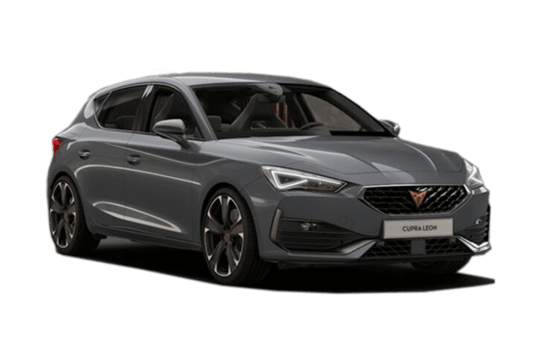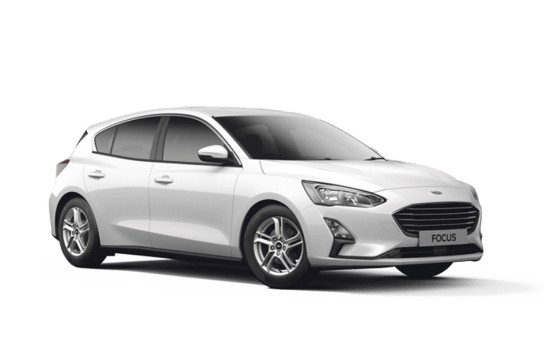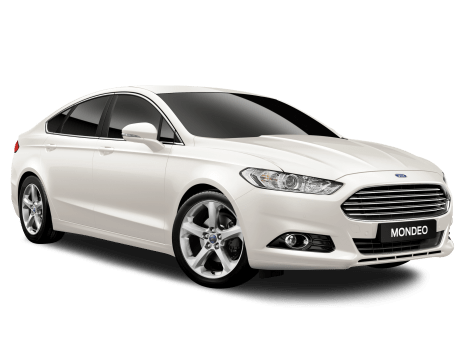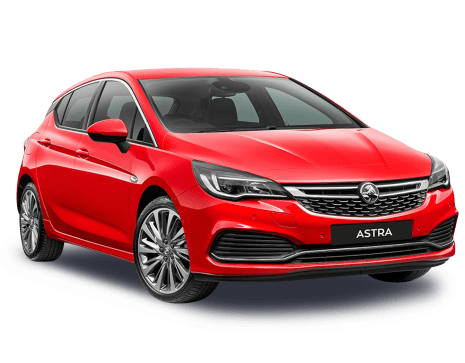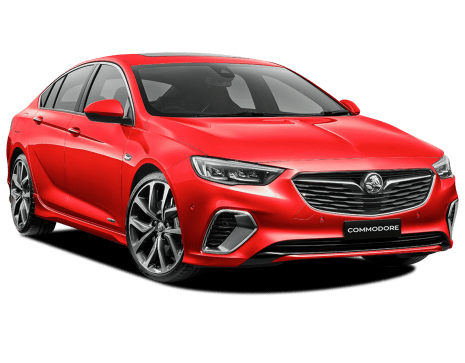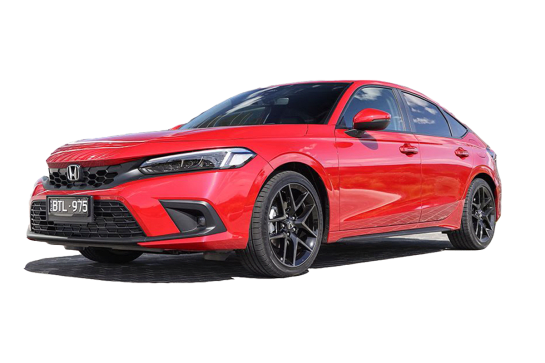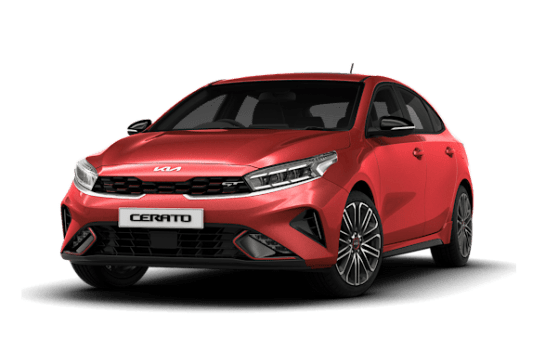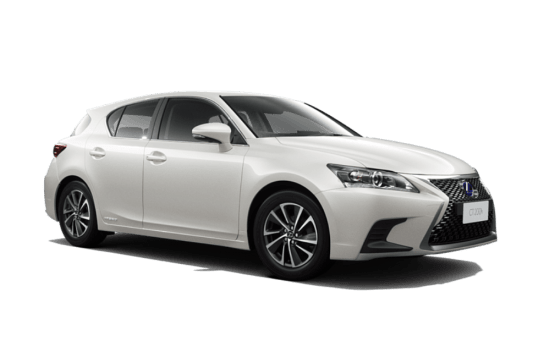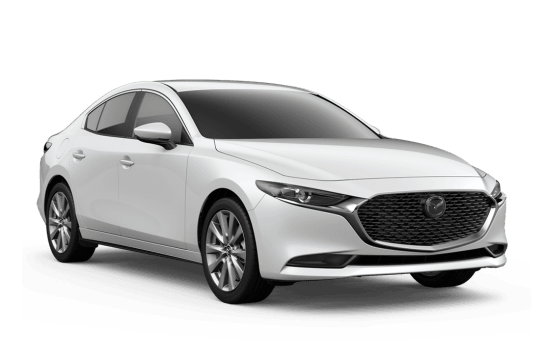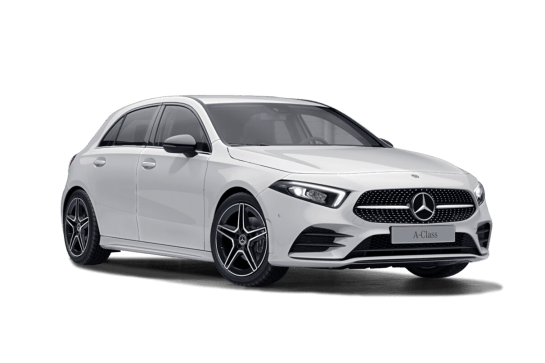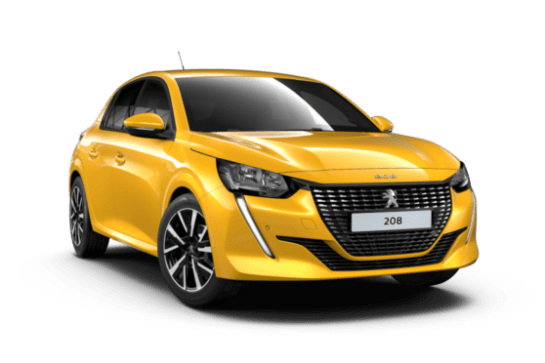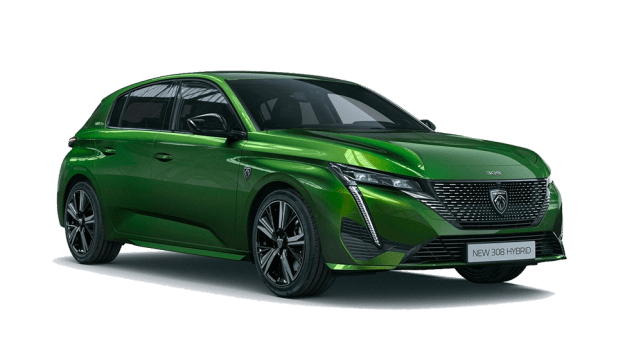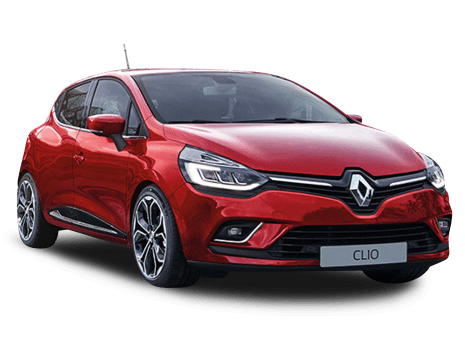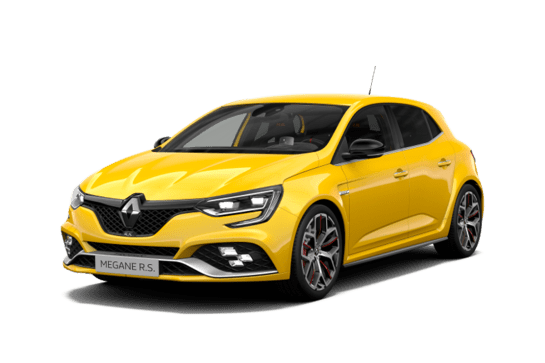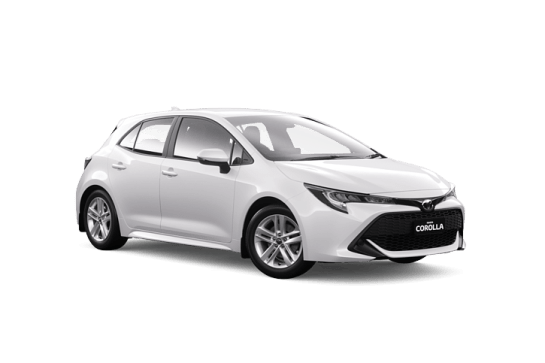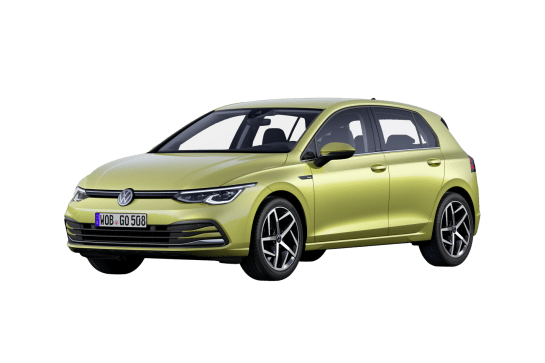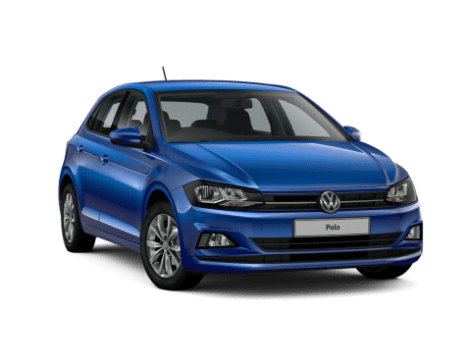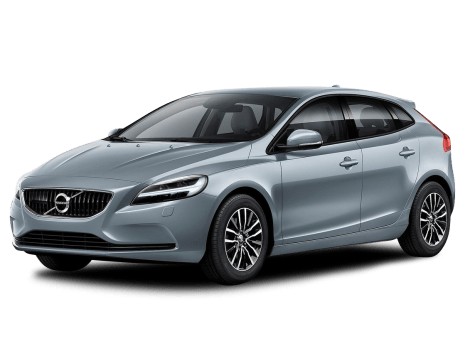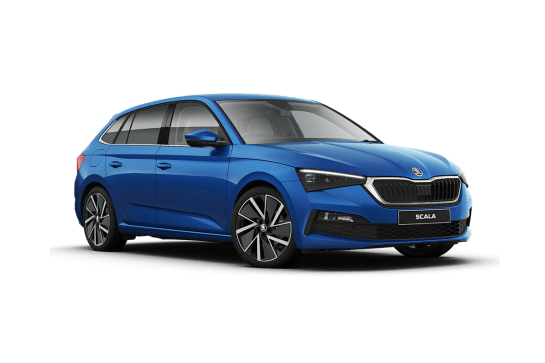
Skoda Scala VS Abarth 595
Skoda Scala
Likes
- Class-leading interior space
- Excellent fuel efficiency
- Comfortable and solid on-road
Dislikes
- Sporadic wireless phone mirroring
- Not as fun as its rivals with outputs
- Older looking exterior
Abarth 595
Likes
- Good engine/chassis combo
- Surprising grip levels
- Unusual
Dislikes
- Terrible driving position
- Ride not great around town
- No reversing camera
Summary
Skoda Scala
The new Skoda Scala brings a trim line-up of just two models and the features list for both have been reshuffled with a little pruning here and a few welcome additions there.
The Select 85TSI on test for this review replaces the former Ambition base variant and offers very competitive pricing considering its European roots.
You would be forgiven, though, if the Skoda Scala was not the first make and model that came to mind in your new hatchback hunt. But with its minor facelift and a boot capacity that rivals medium SUVs, maybe it should be on the list.
Read more about
- European car price slashed by $10,000: Last examples of current-gen Skoda Superb on run-out as larger wagon alternative to Toyota Camry, Mazda6, Hyundai Sonata and Honda Accord
- New model to challenge Tesla Model Y's dominance? Electric car with more than 560km range due to arrive in Australia next year in the form of the 2025 Skoda Elroq
- Sporty seven-seat family SUV matches iconic hot hatch for pace: New-look 2025 Skoda Kodiaq RS outpaces Volkswagen Tiguan R-Line and equals Golf GTI off the line
| Safety rating | |
|---|---|
| Engine Type | 1.0L turbo |
| Fuel Type | Premium Unleaded Petrol |
| Fuel Efficiency | 5.4L/100km |
| Seating | 5 seats |
Abarth 595
Since 1949, Abarth has been giving the venerable Italian brand, Fiat, a patina of performance, based largely on giant-killing feats in small modified cars like the Fiat 600 of the 1960s.
More recently, the brand has been revived to boost the fortunes of the smallest Fiat on sale in Australia. Known formally as the Abarth 595, the tiny hatch packs a bit of a surprise under its distinctive snout.
| Safety rating | |
|---|---|
| Engine Type | 1.4L turbo |
| Fuel Type | Regular Unleaded Petrol |
| Fuel Efficiency | 5.8L/100km |
| Seating | 4 seats |
Verdict
Skoda Scala8/10
The new Skoda Scala Select proves base models can be well-equipped and have a great price tag, which is not always the case at this grade level.
Its driving experience might not be as exciting as some rivals but it’s a great urban dweller nonetheless and it offers really good value overall.
Abarth 5955.8/10
It’s tough to be kind to the Abarth 595. Based on a platform that’s more than a decade old, the car has been left behind by its rivals in many ways, including basic ergonomics and its value equation.
The larger engine does work well in this smaller package, and its road-holding ability belies its size. However, only die-hard fans of the Abarth brand will be able to cope with the uncomfortable seating position and a complete lack of even the most perfunctory features that cars costing $10,000 less are able to offer.
Could you look past the Abarth 595's foibles? Let us know in the comments below.
Design
Skoda Scala
The new Scala has had a minor facelift that sees a redesigned black grille with slim LED headlights, refreshed 17-inch alloy wheels and an extended rear windscreen.
The new Scala more than holds its own against its European rivals when it comes to looks and while it's more unassuming at the kerb side than its peers, there will be those who appreciate that it's not too cutesy-looking.
Head inside and there are similarities between its corporate cousin, the VW Polo with the sharply-designed dashboard and air vents but it’s softened by lovely grey fabric-accent panels and soft touchpoints that have been liberally scattered across the cabin.
The technology screens look premium, if small, and the black and grey cloth seats look a lot nicer than the standard black fabric you usually get in base models.
There's also a certain charm to seeing the traditional elements, like the gearshift and new physical buttons for the climate control. There's enough in the cabin to satisfy most.
Abarth 5957/10
Despite being based on a design that’s a decade old, the Abarths still stand out. Based on the classic Fiat 500 shape of the 1950 and '60s, it’s more cute than cut-throat, with a narrow track and tall roof giving it a toy-like presence.
The Abarth attempts to beef things up with deep front and rear bumper splitters, go-fast stripes, new headlights and alternate-colour wing mirrors.
The 595 rides on 16-inch rims, while the Competizione runs 17s.
Inside, it’s definitely different to most mainstream cars, with colour-coded plastic panels on the dash and a very upright seating position, along with a dual-tone steering wheel.
It’s a love-it-or-hate-it proposition. There’s no middle ground here.
Practicality
Skoda Scala
Ooh, the cabin of the new Scala offers fantastic practicality because it's class leading when it comes to space. There is no 'sardines in a tin' experience here, front and rear passengers get stacks of head- and legroom.
The only stumble on this front is the elbow room up front as you can at times jostle a co-pilot on the annoyingly sloping armrest.
Access is easy enough and you surprisingly don't 'fall in' or grunt when getting out, despite the low 149mm ground clearance.
The storage is good for a hatchback with the front getting a glove box that can fit more than just a manual, small middle console, two cupholders and a drink bottle holder in each door. As well as a sunglasses holder (always handy) and a medium-ish storage cubby in front of the gearshift that can accommodate a phone and wallet.
The rear enjoys two map pockets, two device pockets and a drink bottle holder in each door but misses out on a centre armrest and cupholders.
The boot is massive with its 467L of available capacity and we managed to fit luggage and golf clubs on a roadie this week without trouble.
There’s a temporary space saver tyre underneath the floor and while there’s no powered tailgate, it's not a difficult lid to operate. It even has a neat little toggle to help pull it down.
Other amenities feel well-rounded with two USB-C ports in each row, directional air vents, a 12-volt socket and reading lights.
The touchscreen multimedia system is responsive but looks tiny as it's almost the same size as my iPhone 15 Pro Max. This translates to smaller text and icon sizes as well as a smaller screen for the reversing camera.
There’s also not much in the way of customisation or extra features, like satellite navigation but the new wireless functionality for the Apple CarPlay and Android Auto makes it feel modern. Although the wireless function for the CarPlay drops in and out a lot.
Abarth 5954/10
This is another area where the Abarth falls down. First and foremost, the seating position for the driver in both cars is utterly compromised.
The seat itself is mounted far, far, too high, and has little adjustment in any direction, and there is no reach adjustment in the steering wheel column to allow a taller (or even an average height) driver to get comfortable.
The more expensive Competizione we tested was fitted with a set of optional sports bucket seats from racing company Sabelt, but even they are mounted literally 10cm too high. They are also ultra firm, and even though they look supportive, lack decent side bolster support.
The tiny multimedia screen is okay to use, but the buttons are miniscule, while there’s a complete lack of storage places in the front.
There are two cupholders under the centre console, with two more in between the front seats for rear seat passengers. There are no bottle holders in the doors and no storage for rear seaters.
Speaking of the rear seats, they are the very definition of cramped, with little headroom for moderately sized adults and precious little knee or toe room. There are two sets of ISOFIX baby seat mounting points, though, should you fancy wrestling your wriggling toddlers through the narrow aperture.
The seats flip forward to reveal more cargo space (185 litres with the seats up, and 550 litres when the seats are down), but the seat backs don’t fold flat into the floor. Under the boot floor is a can of sealant and a pump, but no space saver spare.
In truth, it was a long day testing this car… at 187cm, I simply could not get comfortable in it at all.
Price and features
Skoda Scala
There are two variants available for the Skoda Scala, and the Select on test for this review is the base model.
The Select replaces the previous base Ambition grade and is $1100 more affordable at $32,490, drive-away, and offers great value for money as it sits in the middle of its rivals, the Toyota Corolla Ascent Sport at $36,023, drive-away, and Volkswagen Polo 85TSI Life at $31,990, drive-away.
The features list has been reshuffled with a few previous extra cost options now included as standard fare, like front parking sensors, wireless Apple CarPlay and Android Auto, upgraded USB-C ports, keyless entry and start and dual-zone climate control.
However, previous standard items have been omitted from the list, like adaptive cruise control, floor mats and a 'Lane Centering Aid' while the previous 10.25-inch instrument panel has been replaced with an 8.0-inch screen.
Technology still feels well-rounded with the 8.25-inch touchscreen multimedia system that features a reversing camera, four USB-C ports, Bluetooth, AM/FM radio and an eight-speaker sound system.
Abarth 5954/10
The range has been stripped back to just two cars, and costs has come down slightly, with the 595 now starting at $26,990, plus on-road costs.
A new 5.0-inch touchscreen multimedia system (with digital radio), a leather wrapped steering wheel, TFT dash display, rear parking sensors, alloy pedals, 16-inch alloy rims, and (front-only) adaptive dampers are standard on the base 595.
A convertible, or more accurately, a rag-top (cabriolet) version of the 595 is also available for $29,990.
The 595 Competizione is now a whopping $8010 cheaper at $31,990 with a manual gearbox, leather seats (Sabelt-branded sports buckets are optional), 17-inch alloys, a louder Monza exhaust, as well as front and rear adaptive Koni shocks, and Eibach springs.
Unfortunately, what stands out more on the Abarths is what they don’t come with. Auto lights and wipers, cruise control of any sort, driver aids including AEB and adaptive cruise… even a rear view camera is missing.
What’s more puzzling is that the Abarth’s architecture, though a decade old, has provision to accept at least a rear view camera.
Abarth’s explanation that the car’s home market doesn’t see these inclusions as important doesn’t really hold water, either.
In terms of value, the lack of basic content sends the Abarth to the bottom of a competitive pile that includes both the Ford Fiesta ST and the Volkswagen Polo GTI.
Under the bonnet
Skoda Scala
The Scala Select is a front-wheel drive with a seven-speed auto transmission. It has a 1.0L three-cylinder turbo-petrol engine that produces up to 85kW of power and 200Nm of torque.
At first glance you might think those outputs sound low and while most of its rivals have better outputs, there's plenty of oomph here to move the little Scala around.
Abarth 5957/10
The Abarth 595 pair use the same 1.4-litre 'MultiJet' four-cylinder turbo engine in differing states of tune. The base car makes 107kW/206Nm, while the Competizione makes 132kW/250Nm, thanks to a freer-flowing exhaust, a larger Garrett-branded turbocharger and an ECU re-tune.
The base car can do 0-100km/h in 7.8 seconds, while the Competizione is 1.2 seconds quicker; the optional 'Dualogic' automatic is 0.2sec slower to the mark in both cars.
A five-speed manual gearbox is standard, and neither car is fitted with a limited slip diff.
Efficiency
Skoda Scala
The new Select has almost hybrid fuel efficiency with its official combined cycle (urban/extra-urban) fuel figure of 5.4L/100km. In comparison, its hybrid rival, the Toyota Corolla isn’t too far away with its 4.0L usage.
Based on its 50L fuel tank, you should see a theoretical driving range of up to 925km, which is excellent for an urban dweller.
After doing a road trip combined with a fair amount of city-driving, my real world usage has popped out at 5.7L/100km. Which is a great result overall.
Abarth 5957/10
Over 150km of testing, the Competizione consumed a dash-indicated 8.7 litres per 100km, against a claimed combined fuel economy figure of 6.0L/100km. Our brief test of the 595 revealed a similar number, against the same claimed figure.
The Abarth will only accept 95 octane fuel or better, and its small 35-litre tank is good for a theoretical 583km between fills.
Driving
Skoda Scala
Hatchbacks are always a bit of fun to drive because of the dodgem car-esque handling and when the Scala is in Sport mode, it has enough pep to earn it a fun badge.
Out of Sport mode, the power delivery is still responsive enough for it to be a pleasant open-roader but you won't whoop with joy when you accelerate.
The steering is light without feeling loose and the Scala is nimble when cornering or in tight turns.
The ride comfort is very good and despite hitting some bad weather the Select didn’t miss a beat. It's a confident on-road experience because of its surefootedness.
There's a bit of road noise although its pretty quiet in the cabin, which also makes it a refined open-roader.
The visibility is decent and it’s easy to feel the dimensions of the car when you're in a skinny city laneway.
The Select gets a reversing camera with dynamic reversing guidelines and a clear quality feed but its tiny in the little screen.
The additional front sensors round out the parking experience considerably. You shouldn’t have any issue in parking this one!
Abarth 5955/10
Ergonomics aside, the combination of torquey engine and lightweight car is always a good one, and the 1.4-litre turbocharged four is a good match with the front-drive Abarth.
There’s always enough mid-range urge to give the Abarth the hurry-up, and the longer-legged five-speed gearbox is a good match for the engine.
It also grips and turns surprisingly well, despite the Sport button adding too much artificial weight to the Abarth’s steering feel.
That same button also firms up the front dampers on the 595 and all four on the Competizione, which works well on smoother terrain, but stiffens it too much over more undulating surfaces.
Around town it can be hard to strike a good balance between ride and comfort. The difference between soft and firm is much more pronounced in the Competizione, but it will still get tiring if your commute is a bumpy one.
The turning circle, by the by, is ridiculously large for such a small car, making u-turns - already compromised by the lower front bumper - unnecessarily fraught.
The Monza exhaust on the Competizione gives it a bit more presence, but it could easily be louder (or at least more crackly) again; you’re not buying this car to be a wallflower, after all.
Safety
Skoda Scala
The Scala has a maximum five-star ANCAP safety rating from testing done in 2019 and scored well across the four assessment areas.
It rated 97 per cent for adult protection, 87 percent for child protection, 81 per cent for vulnerable road user protection and 76 per cent for its safety assist systems.
However, this car only features six airbags, which is low in our day and age but you get a decent number of safety features included as standard, including biggies like rear cross-traffic alert, blind-spot monitoring and forward collision warning.
The base model also comes with a Lane Keeping Aid, lane departure warning, LED DRLs, driver monitoring, safe exit assist, seat belt reminders and front/rear parking sensors.
The Scala Select is no longer offered with adaptive cruise control, you just get the standard type, or a driver's knee airbag, either.
The rear seat features two ISOFIX child seat mounts and three top tether anchor points but two seats will fit best.
It has AEB with car, pedestrian and cyclist detection which is operational from 4.0-250km/h.
Abarth 5955/10
Despite a lack of electronic safety aids – and, somewhat amazingly in the current age, a rear-view camera – the Fiat 500 that forms the Abarth's basis still carries the maximum five-star rating from ANCAP it was awarded in 2008, by dint of its seven airbags and bodyshell strength.
It wouldn’t have the same luck if it were judged under new ANCAP regs coming into force in 2018, though.
Ownership
Skoda Scala
The Scala is offered with a seven-year/unlimited km warranty, which is good for the class and you can pre-purchase a seven-year/105,000km servicing program for a flat $3650, which is competitive.
Servicing intervals are reasonable at every 12-months or 15,000km. You also get roadside assistance as a part of your servicing pack if you service on schedule.
The Scala likes to drink the good stuff, though, and Skoda recommends a minimum 95 RON premium unleaded petrol be used.
Abarth 5957/10
A three-year/150,000km warranty is offered as standard on the Abarth 595 range, with a suggested service interval of 12 months or 15,000km.
Abarth importer Fiat Chrysler Automobiles Australia offers three fixed-priced services for the 595 range at 15,000, 30,000 and 45,000km, with the first costing $275.06, the second $721.03 and the third $275.06.
